Drillers Confirm Huge Aquifer in Arid Kenya
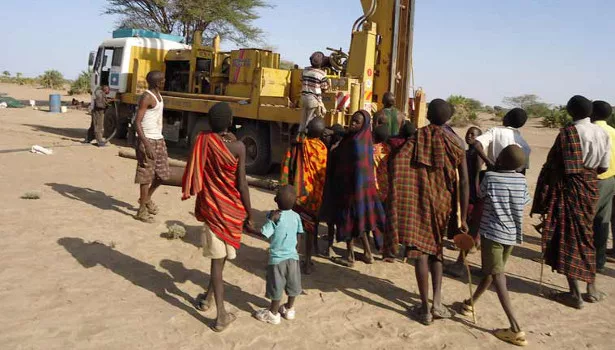
Nawaitarong villagers gather at one of the drilling sites. Source: UNESCO Nairobi Office
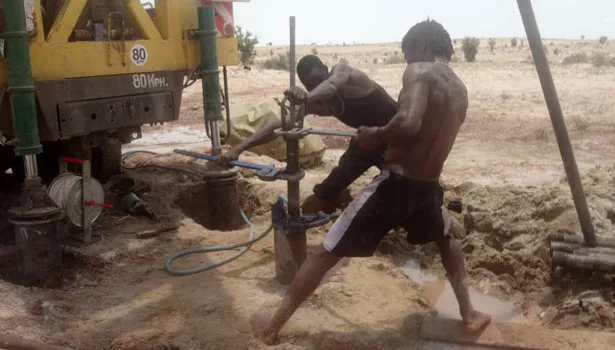
A work crew installs a submersible pump in the borehole. Source: UNESCO Nairobi Office
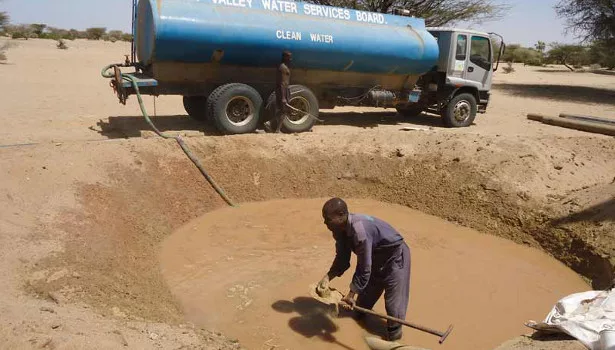
An on-site water truck provides the water to mix drilling mud. Source: UNESCO Nairobi Office
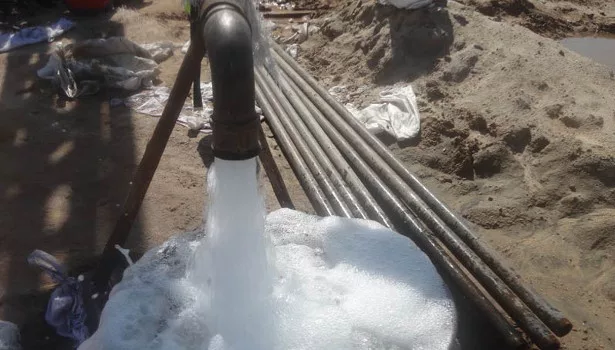
Water spews during test pumping at one of many exploratory bores. Source: UNESCO Nairobi Office
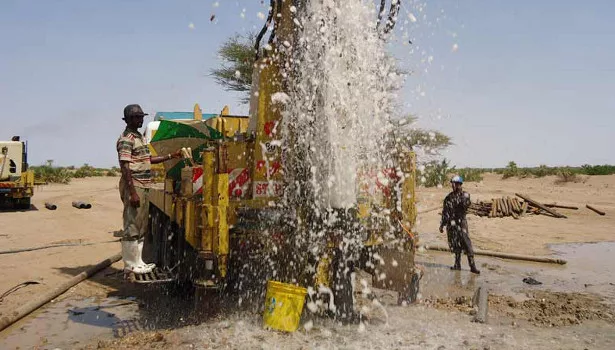
Drillers flush a borehole in the country's Napuu region. Source: UNESCO Nairobi Office
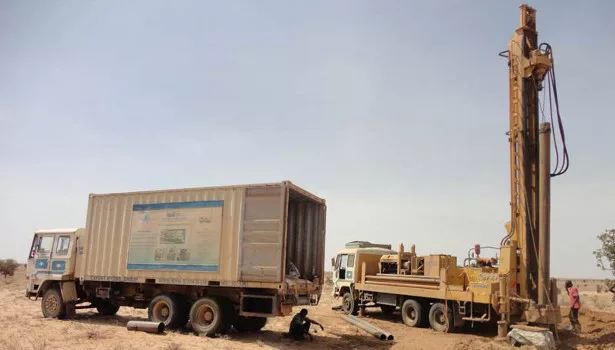
A support truck delivers steel casings to one of the many exploratory drilling sites. Source: UNESCO Nairobi Office
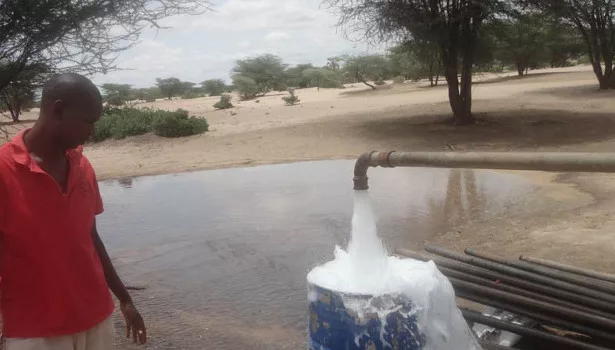
An official from a nearby district water office oversees pump testing. Source: UNESCO Nairobi Office
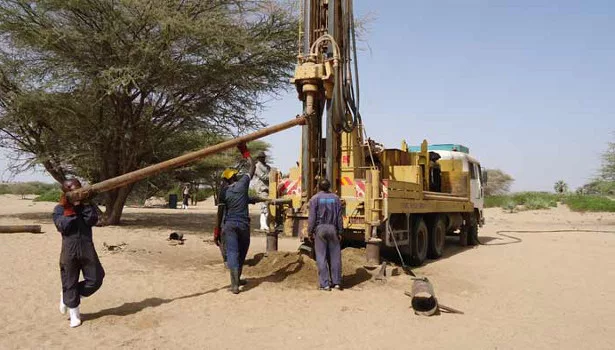
Drilling technicians loading an extra drilling rod to the drilling rig. Source: UNESCO Nairobi Office
Kenya gets hard breaks when it comes to water. The CIA Factbook lists “recurring drought” as one of the country’s natural hazards. Finding an aquifer with a surface area a tad bigger than Rhode Island under one of Kenya’s driest areas changes the game.
Radar Technologies Inc., in conjunction with UNESCO and the Kenya government, found Lotikipi Basin Aquifer near Turkana, Kenya, using satellites. The company says its WATEX System is “proven to locate underground water with over 94 percent certainty in many areas.”
Drillers confirmed mapping done by the WATEX System on the Lotikipi Basin Aquifer and on the smaller Lodwar Basin Aquifer. UNESCO says three other smaller aquifers appear on WATEX mapping, but require confirmation by exploration drilling.
“The news about these water reserves comes at a time when reliable water supplies are highly needed,” said Judi Wakhungu, Kenya’s secretary of the Ministry of Environment, Water and Natural Resources.
Kenya has more than 41 million people. Of that, about 17 million—43 percent of the population—lack reliable access to clean, potable water.
“UNESCO is proud to be a part of this important finding, which clearly demonstrates how science and technology can contribute to industrialization and economic growth, and to resolving real societal issues like access to water,” said UNESCO’s Assistant Director-General for Natural Sciences, Gretchen Kalonji. “It is indeed in line with UNESCO’s vision for science for sustainable development and we will continue to support Africa to unlock the full potential of its invisible water wealth."
In a report on the finding, RTI recommends the drilling of exploratory boreholes in Lotikipi and Lodwar to immediately benefit nearby communities. In the long term, RTI suggests “a major campaign should be launched to build the capacity of the industry as a whole,” in Kenya. It said the Kenyan drilling industry needed support to “improve the level of capacity and service” for conducting exploratory drilling.
Ashland webinar this week
If you haven't already, there's still time to sign up for our webinar this Thursday. Ashland New Product Leader David LeGrand will talk about the company's AquaVIS ETD Polymers, which were developed to eliminate problems with standard CMC polymers in bentonite-based drilling fluids. Click here or the "free webinar" banner at the top of this page to register. I'll be moderating and, of course, LeGrand will answer your questions at the end.